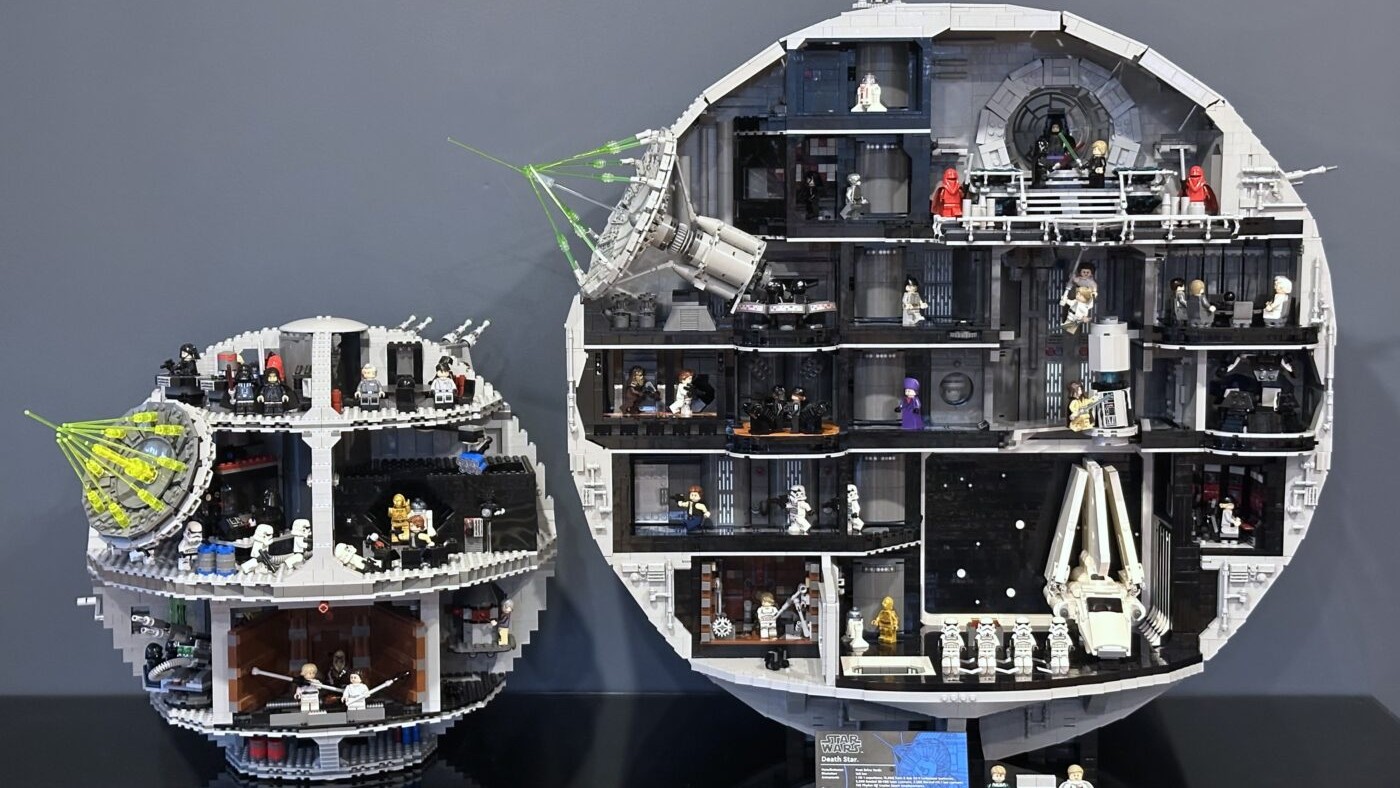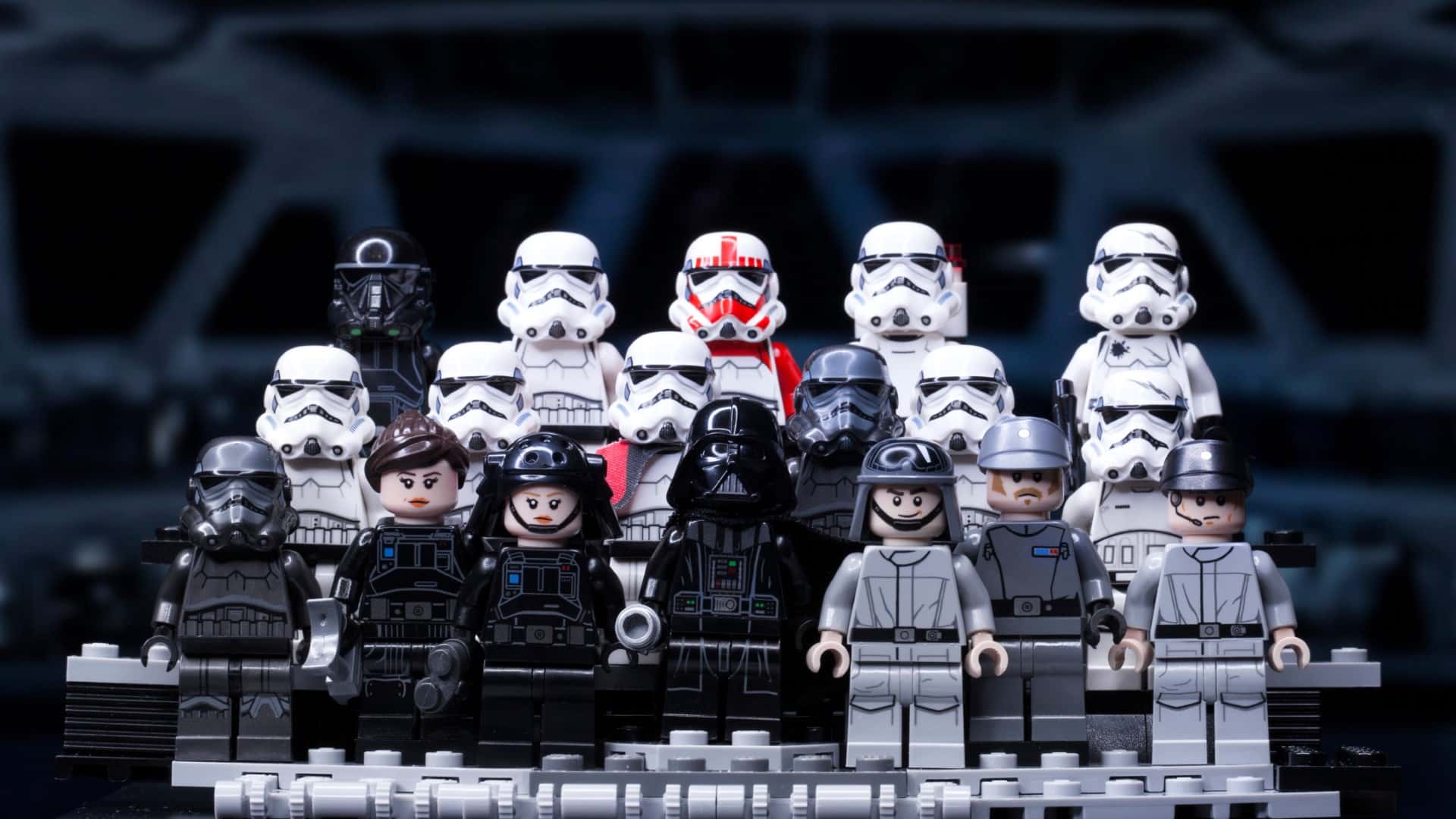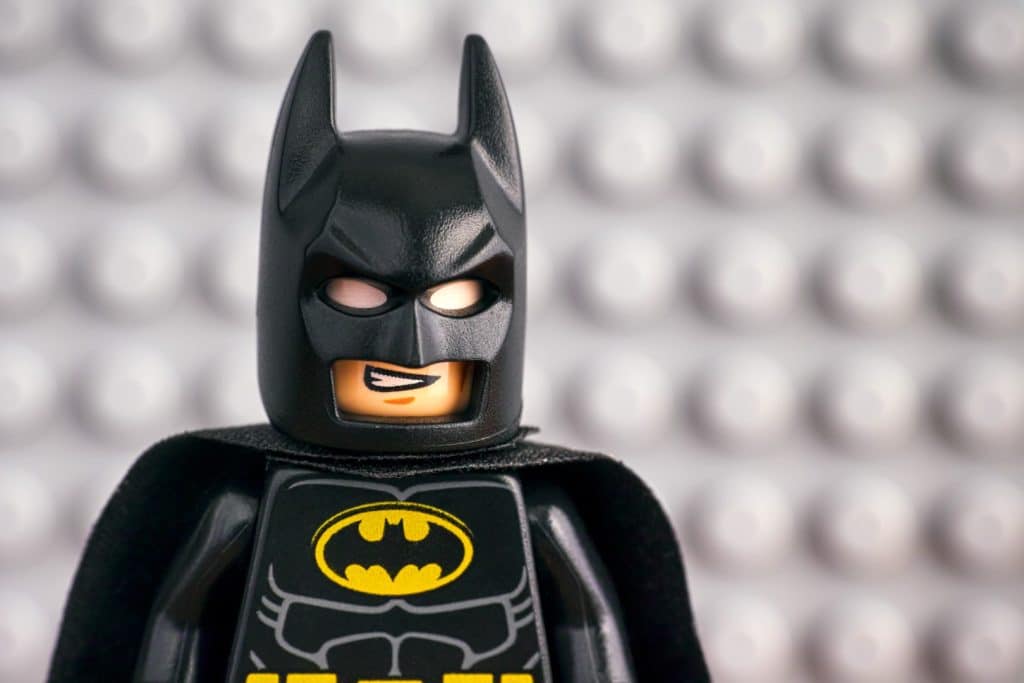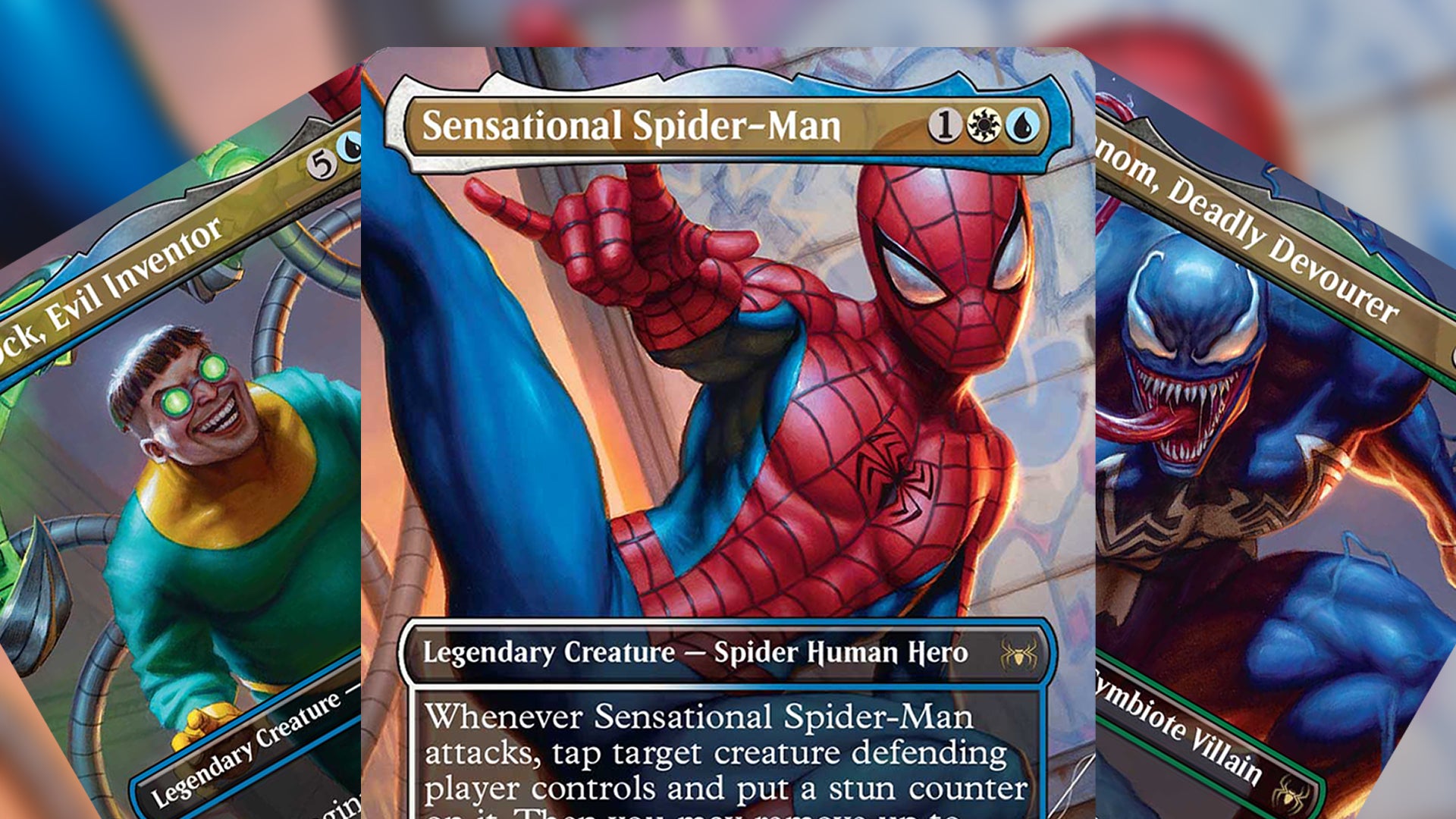
2025 LEGO Sets: The Best, Coolest, And Most Talked-About Releases
f you follow LEGO, 2025 was a big year. New licenses arrived, long-running themes leveled up, and we even got the priciest Star Wars model

LEGO collecting has been a popular hobby for decades, attracting fans of all ages. In recent years, the introduction of licensed minifigures has transformed the landscape of LEGO collecting. In this article, we will delve into the impact of popular licensed minifigures, such as those from the Star Wars and Marvel franchises, on LEGO collecting and the market trends they have shaped.
Licensed minifigures first appeared in 1999 with the introduction of the LEGO Star Wars theme. This marked a significant departure from LEGO’s traditional in-house themes and opened the door for a multitude of licensing partnerships. The success of the LEGO Star Wars sets led to partnerships with other major franchises, such as Marvel, DC Comics, and Harry Potter.
The growth of licensed themes has led to the rise of exclusive minifigures, which are typically only available in specific sets or through special promotions. These exclusives have become highly sought after by collectors, driving up demand and market value. Some popular examples of exclusive minifigures include Comic-Con exclusives, promotional polybags, and characters from limited-edition sets.

The inclusion of licensed minifigures has had a profound effect on LEGO set design and popularity. Iconic characters and locations from beloved franchises have inspired unique and intricate set designs that appeal to a wider audience. In turn, this has led to an increased demand for these sets and a thriving secondary market.
LEGO sets featuring licensed minifigures often incorporate storylines from their respective franchises. This provides fans with an immersive experience, as they can recreate memorable scenes and moments with their favorite characters. The resulting narrative-driven sets have contributed to the success of licensed themes and fueled a surge in collector interest.
Licensed minifigures have also had a significant impact on market trends and the secondary LEGO market. Collectors have shown a willingness to pay a premium for exclusive minifigures and sets, leading to a thriving aftermarket for these items.
The popularity of licensed minifigures has contributed to the rise of online marketplaces such as eBay, Bricklink, and BrickOwl. These platforms allow collectors to buy, sell, and trade minifigures and sets, further fueling the market and providing a valuable resource for LEGO enthusiasts.
The demand for licensed minifigures can lead to fluctuating prices and valuations in the secondary market. Factors such as rarity, exclusivity, and the popularity of the franchise can significantly influence the value of these items. As a result, collectors must keep a close eye on market trends and be prepared to act quickly to secure coveted minifigures or sets at the best possible prices.
The success of licensed minifigures in LEGO collecting shows no signs of slowing down. As long as popular franchises continue to capture the imagination of fans, the demand for these minifigures will remain strong. This ongoing interest will likely lead to further licensing partnerships and the introduction of new characters and themes.
LEGO has consistently expanded its licensing partnerships to include a diverse range of franchises. In recent years, we have seen sets based on popular movies, television shows, video games, and even real-life events. This expansion is expected to continue, providing collectors with a steady stream of new and exciting minifigures to add to their collections.
Technological advancements may also play a role in shaping the future of licensed minifigures and LEGO collecting. Innovations such as augmented reality (AR) and virtual reality (VR) have the potential to enhance the LEGO building experience and offer new ways for collectors to engage with their favorite characters and franchises.
Licensed minifigures have had a significant impact on LEGO collecting, from the inception of the LEGO Star Wars theme to the countless franchises that have followed. These minifigures have shaped market trends, influenced set designs, and contributed to the thriving secondary market. With new licensing partnerships and the potential for technological advancements, the future of licensed minifigures in LEGO collecting looks brighter than ever.

f you follow LEGO, 2025 was a big year. New licenses arrived, long-running themes leveled up, and we even got the priciest Star Wars model

Silksong is a gorgeous, razor‑sharp Metroidvania that pushes hard and refuses to apologize. Hornet’s movement sings, the combat has bite, and Pharloom is a world

Collecting MTG cards vs collecting minifigures looks like two different worlds at first. Card sleeves and binders on one side. Studs and display cases on

Some people carry a lucky coin. Some keep a pebble from a good trip. More and more of us carry a tiny plastic friend. A